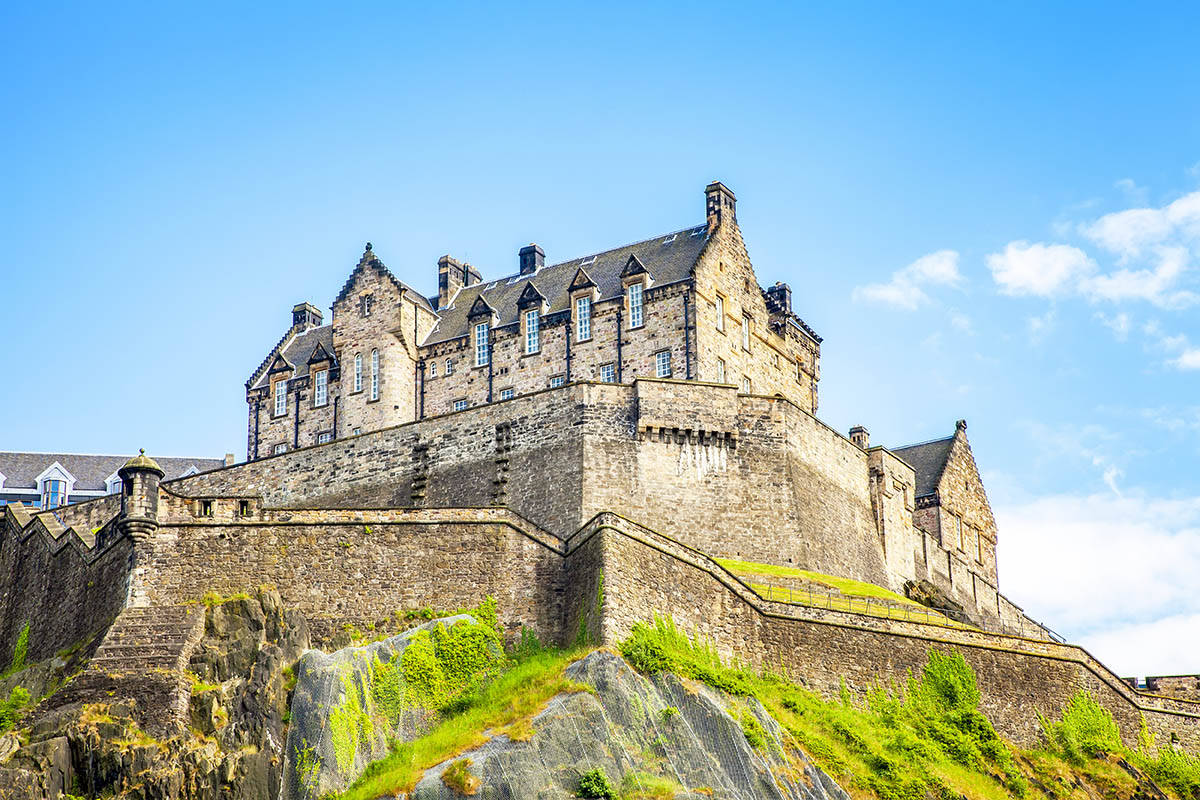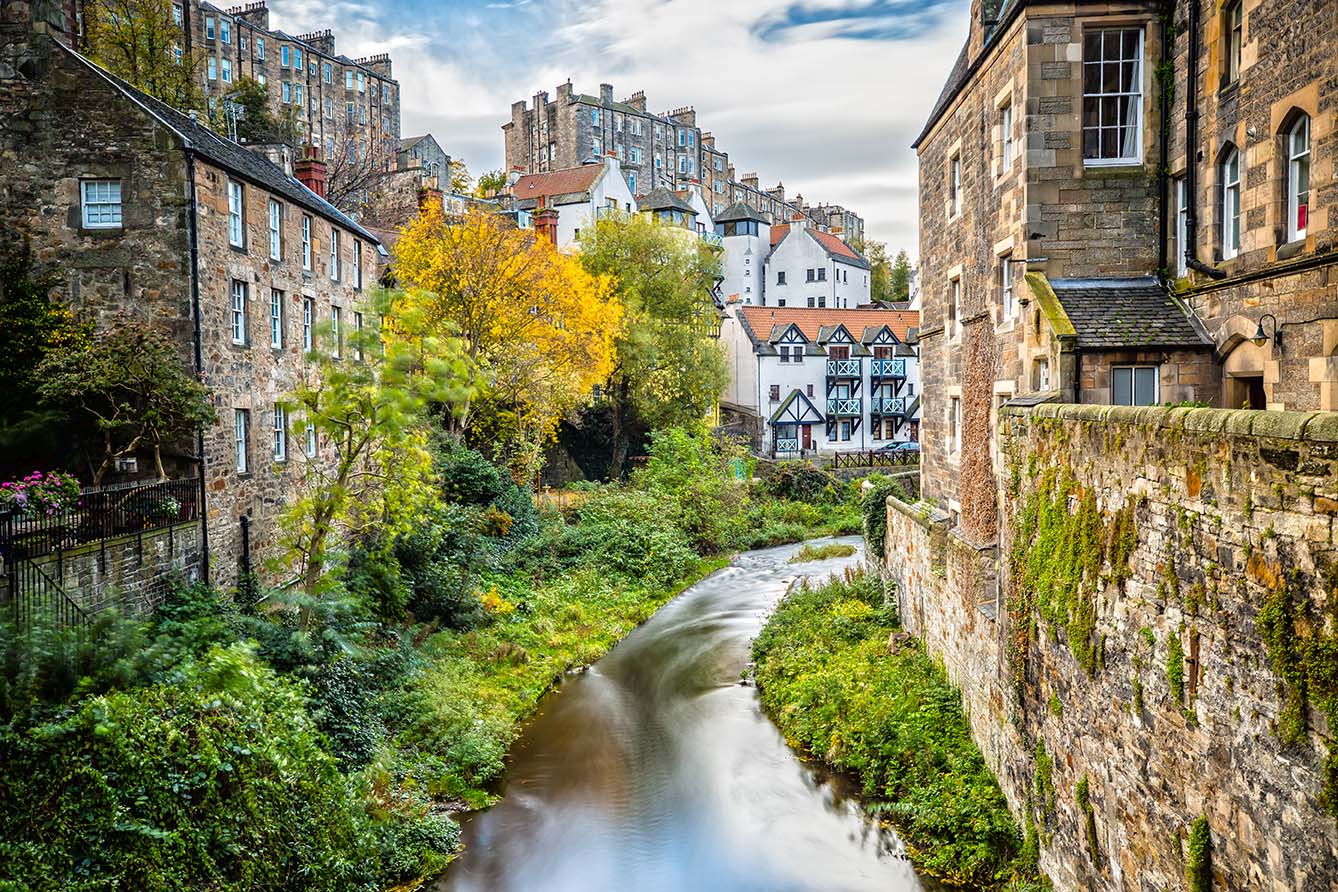Scotland is a land deeply intertwined with myths—witches, ghosts, and giant sea creatures dominate its folklore. Among all these, the country’s official symbol reveals an even more unique aspect of its identity: the unicorn.
Through the cobbled streets of its historic cities, its presence is felt in ancient engravings, royal coats of arms, and legends passed down from generation to generation. In the gray streets of Edinburgh, tour guides speak of the profound significance of this mythical creature, which symbolizes authenticity, innocence, and an untamed power.
Its selection as the national emblem is no coincidence. Scotland’s history is filled with struggles for independence, bravery, chivalry, and pride—qualities that reflect the very essence of the unicorn, the most unyielding being of the mythical world.
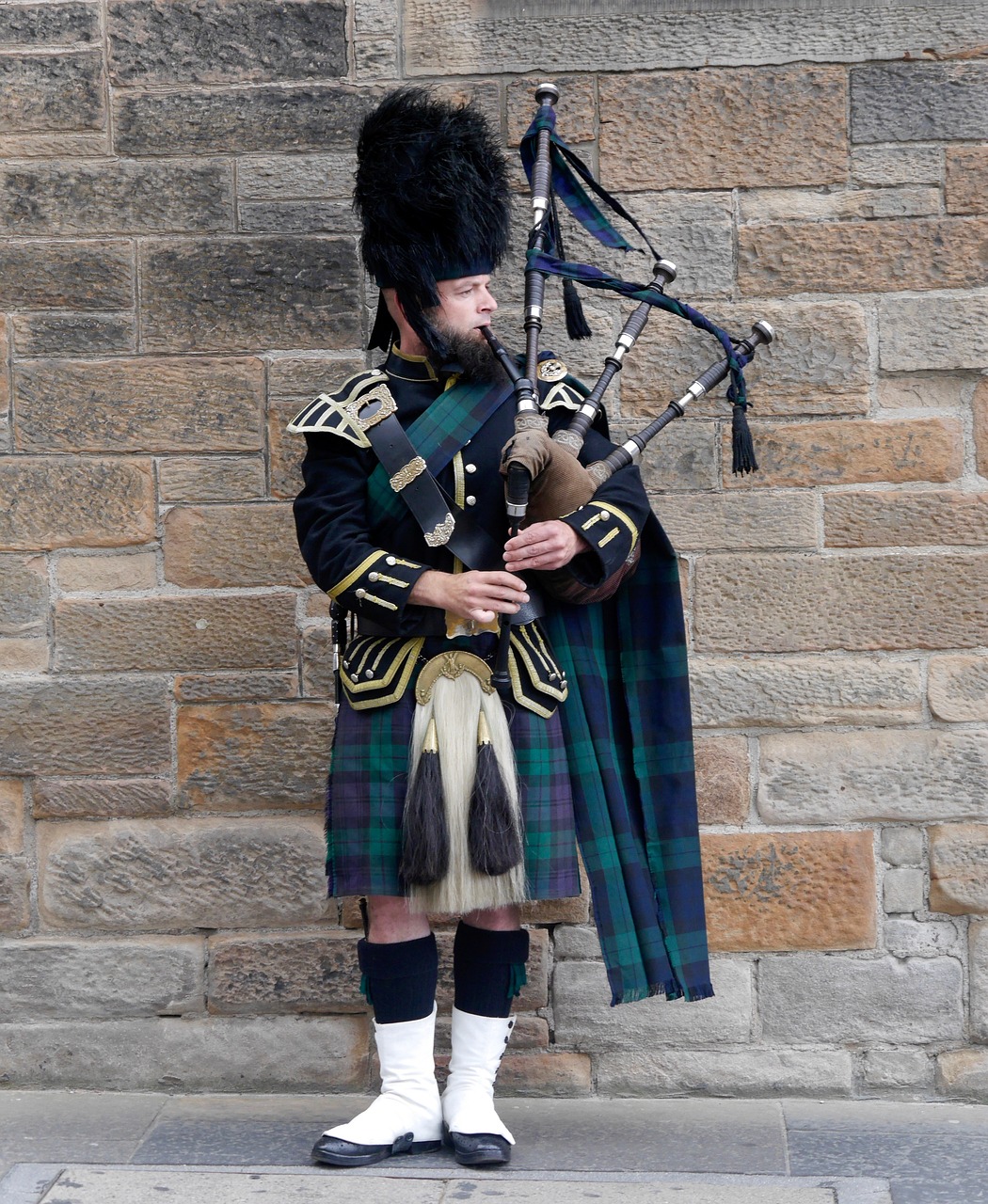
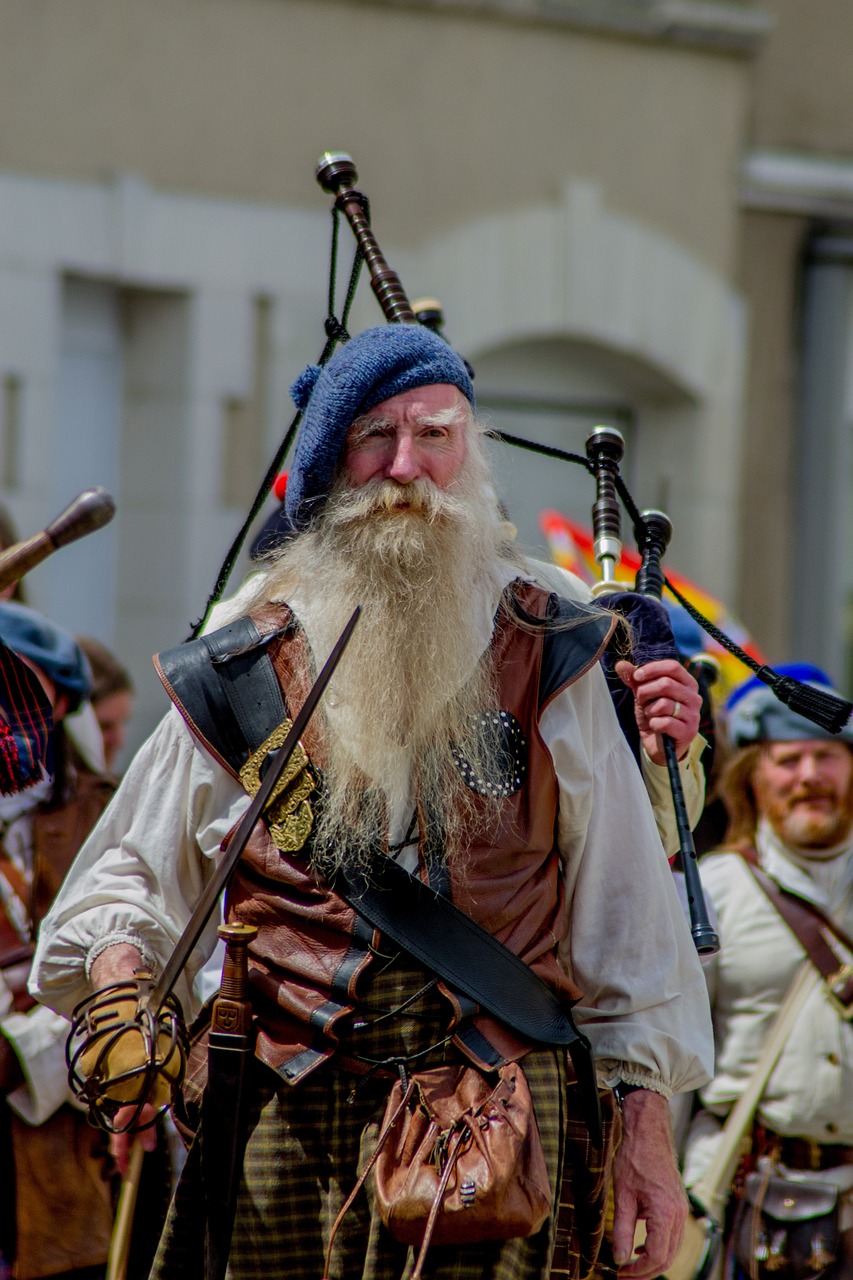
In the heart of Edinburgh Castle, within a hall steeped in centuries of history, lie the oldest royal jewels in Britain: the crown, the scepter, and the state sword. Crafted from gold, silver, and precious stones, these symbols of power are displayed in the Crown Room, offering visitors a rare glimpse into Scotland’s heritage. It was Mary, Queen of Scots, who first wore them at her coronation, and in a small, modest room of the castle, she gave birth to her son, James VI, who would go on to unite the crowns of England and Scotland.
Gazing upon these historic relics, I feel the weight of time passing through me. It is as if they whisper the stories of those who once held them, of the passions and conflicts that surrounded them. As I walk through the stone corridors and listen to the guides’ narratives, scenes of the past seem to come to life before my eyes.
One of the most iconic moments of the visit arrives when the clock hands near one in the afternoon. Since 1861, every day, a thunderous cannon shot echoes from the fortress, preserving a tradition that once served as an accurate time signal for the ships in the harbor.
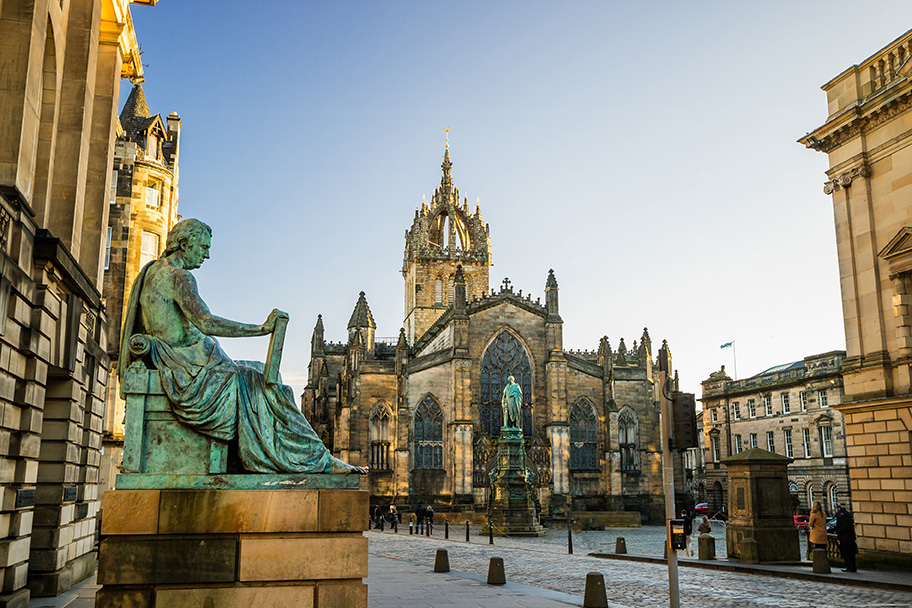
Old Town and Mythical Neighborhoods
The melodies of the bagpipes accompany me as I wander through Edinburgh’s Old Town, a living treasure trove of history. Its narrow, labyrinthine alleys, filled with hidden courtyards, whisper tales of centuries past.
I walk along the Royal Mile, the legendary street connecting Edinburgh Castle to the Palace of Holyrood, a former monastery founded in 1128 and now the monarch’s official residence. The historic buildings stand proudly, narrating the magic of the medieval city, where the past lives on in every corner.
The imposing St Giles' Cathedral dominates the Royal Mile, accompanied by the famous mosaic The Heart of Midlothian, marking the site of the old Toolboth prison. Just a few steps away, Mary King’s Close unveils a fragment of Edinburgh’s dark and mysterious past, with its underground, abandoned streets hiding secrets of centuries gone by.
Walking through a narrow, gray alley, my gaze sweeps over the Old Town. The city's rooftops and steeples emerge from the morning mist, creating an atmosphere straight out of a fairytale. I pause for a moment on a small step, letting the moment envelop me before continuing my journey.
My next stop is The Scotch Whisky Experience. Here, an unforgettable tasting awaits me: I savor exquisite varieties of Scotland’s renowned whisky while uncovering the secrets of its distillation, the tradition surrounding it, and the unique flavors that make it so special.
At Grassmarket, once the scene of public executions, a vibrant market now thrives, lined with charming shops and boutiques. At its end, the colorful Victoria Street captivates the eye, having hosted figures such as Walter Scott.
After his death in 1832, the city honored him with the Scott Monument on Princes Street. This Gothic monument, the second largest in the world dedicated to a writer, is adorned with 64 figures from his works, keeping his legacy alive.
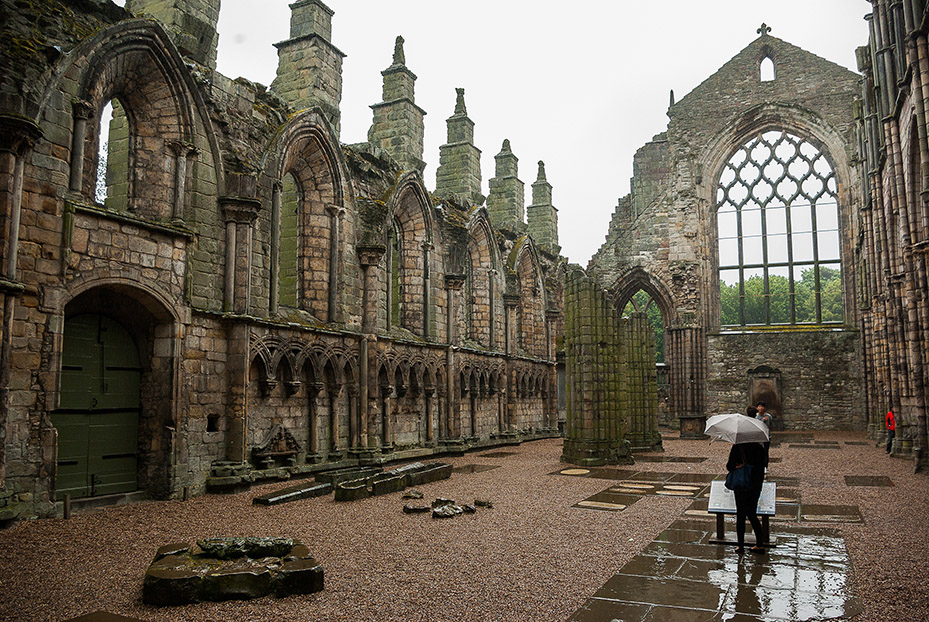
Literature and Sunset at Calton Hill
Edinburgh, the first UNESCO City of Literature, has nurtured great writers such as Arthur Conan Doyle, Walter Scott, and J.K. Rowling. Its streets are filled with stories, while its old bookstores are treasures for literature lovers. In a small, dusty bookshop, I discovered an old book about Mary, Queen of Scots. I took it with me as I headed to Calton Hill, enjoying my tea. As I climbed, the National Monument stood imposing, while the view of Edinburgh, with its castle and illuminated buildings, was breathtaking. There, I felt the magic of the city and the warmth of its people. Leaving, I promised to return—to lose myself once again in its stories and romantic atmosphere.
Information sourced from: Travel.gr
https://www.travel.gr/experiences/travel/city-break-sto-edimvoyrgo-poli-proorismos-gia/
